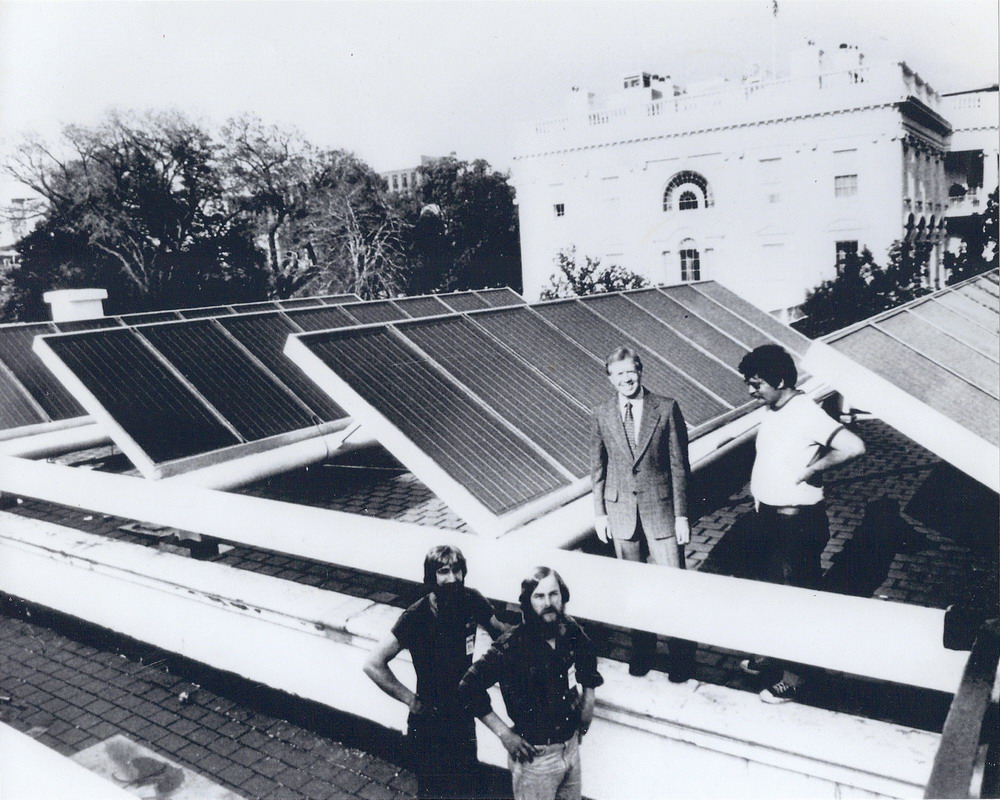On the day after the People’s Climate March, I think it’s clear that though we’ve yet to reach a tipping point in terms of green-energy use, hearts and minds have been won. Wallets and bank balances are soon to follow, as alternative power is going to keep dropping in price the way fossil fuels never could. From Vivek Wadhwa at the Washington Post:
“In the 1980s, leading consultants were skeptical about cellular phones. McKinsey & Company noted that the handsets were heavy, batteries didn’t last long, coverage was patchy, and the cost per minute was exorbitant. It predicted that in 20 years the total market size would be about 900,000 units, and advised AT&T to pull out. McKinsey was wrong, of course. There were more than 100 million cellular phones in use 2000; there are billions now. Costs have fallen so far that even the poor — all over world — can afford a cellular phone.
The experts are saying the same about solar energy now. They note that after decades of development, solar power hardly supplies 1 percent of the world’s energy needs. They say that solar is inefficient, too expensive to install, and unreliable, and will fail without government subsidies. They too are wrong. Solar will be as ubiquitous as cellular phones are.
Futurist Ray Kurzweil notes that solar power has been doubling every two years for the past 30 years — as costs have been dropping. He says solar energy is only six doublings — or less than 14 years — away from meeting 100 percent of today’s energy needs. Energy usage will keep increasing, so this is a moving target. But, by Kurzweil’s estimates, inexpensive renewable sources will provide more energy than the world needs in less than 20 years. Even then, we will be using only one part in 10,000 of the sunlight that falls on the Earth.”
______________________________
1976: “It may hold the solution to the energy problem.”
Tags: Vivek Wadhwa

